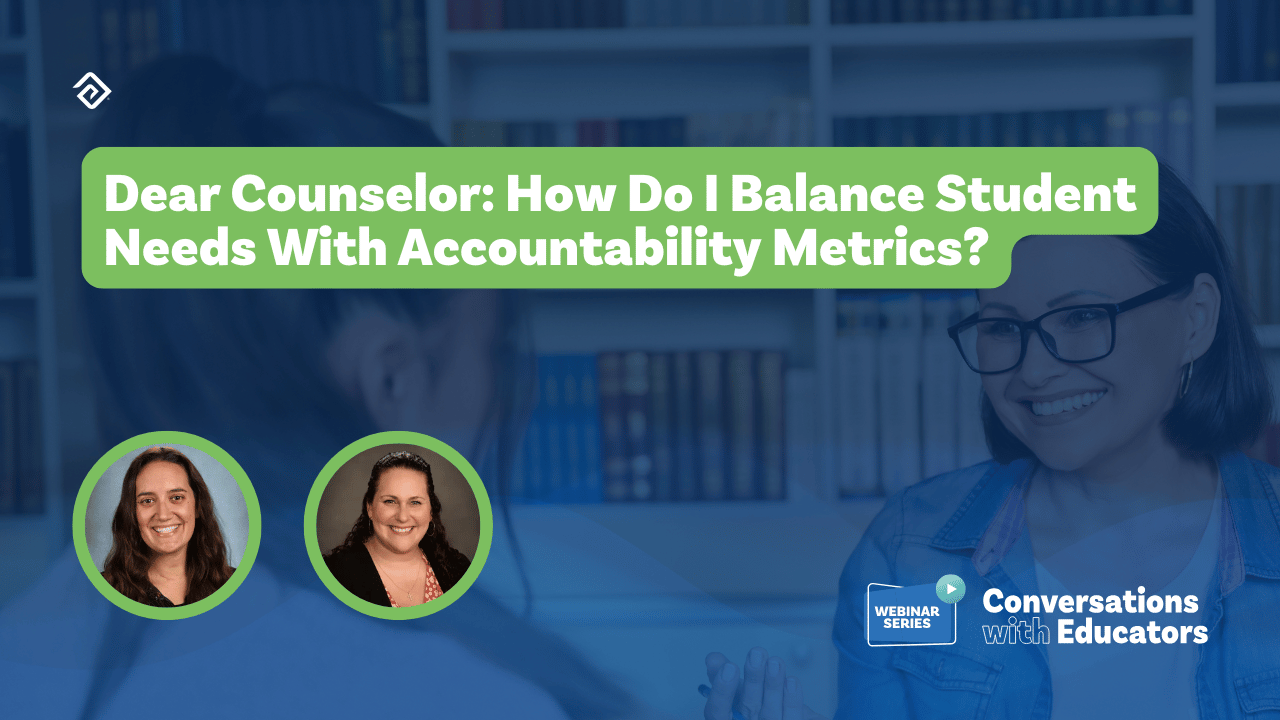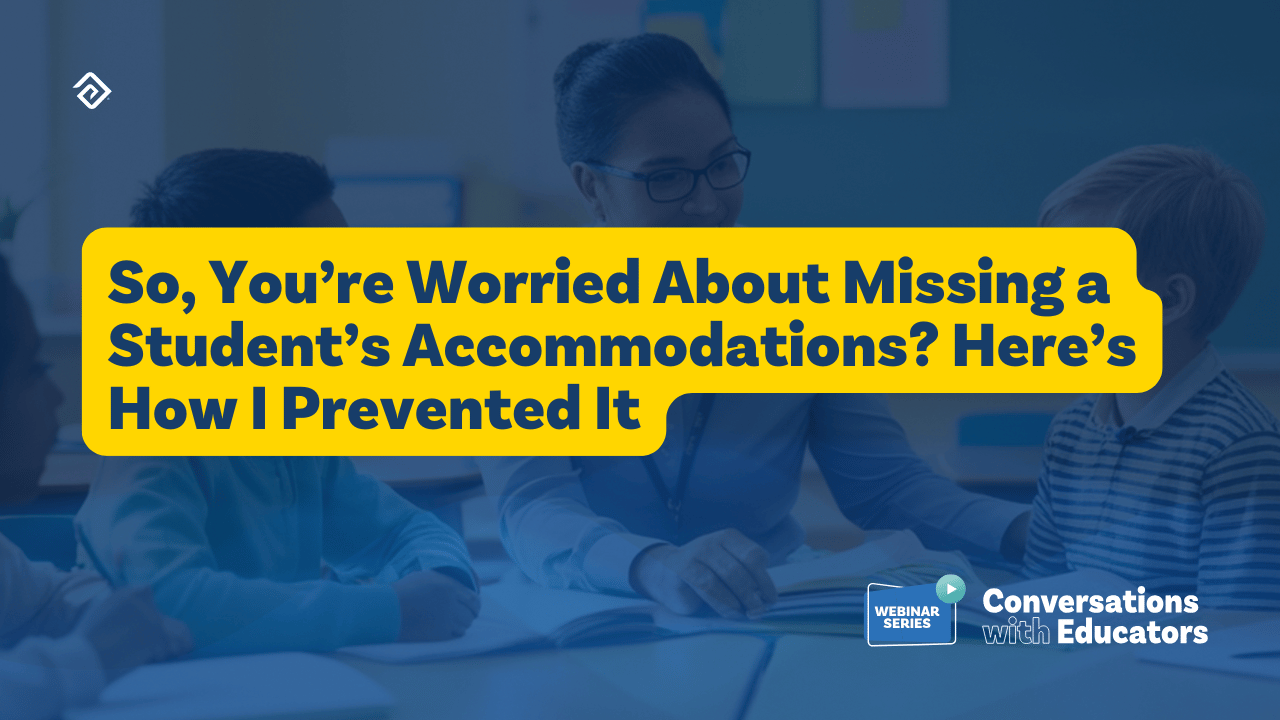Inclusive Education: Embracing Diversity and Empowering Every Learner

Inclusive education is an educational approach that ensures all students have equal access to quality learning regardless of their learning abilities, challenges, or background.
Key Benefits of Inclusive Education
In addition to supporting individual needs, inclusive systems promote diversity and offer equal opportunities. This way, every student has a sense of belonging in a supportive learning environment.
Separating students who need special attention from general education students might seem like a reasonable approach; however, separating special needs students into different groups will likely promote the idea that they are negatively different, which can affect their self-worth.
On the other hand, inclusive education blends various student populations together to offer many advantages that enrich students’ academic journey and personal social-emotional development. Here are some major ways the inclusive education benefits all students making school a better place to learn and grow.

Fosters Diversity and Empathy
Allowing students of different abilities and backgrounds to mingle and participate equally in the same classroom fosters diversity. While students with special needs may require additional support, creating an environment where they can interact with their peers encourages appreciation and respect for each other’s differences.
In addition to promoting a more inclusive learning community, giving students a chance to learn together, regardless of their abilities or differences, helps them to develop empathy.
Promotes Equal Opportunities and Social Cohesion
No matter their abilities, every student gets a fair chance to succeed in schools that practice inclusive education. By creating a supportive learning environment, students learn to cooperate and learn how to be part of a team.
Enhances Academic and Personal Growth
Students with learning disabilities tend to have lower self-esteem, so separating them from their peers can make them feel inferior. Allowing students to learn together, regardless of their abilities, will boost the self-worth of those with special needs and improve their learning as they work on projects with others.
In addition, an inclusive classroom offers a greater opportunity to socialize. This way, every student can interact freely with others, which helps build a positive self-image and self-confidence. confident.
Improves Communication Skills
An inclusive classroom gives students the chance to interact with peers from different backgrounds and with varying abilities. Interacting in this way allows students to learn important communication skills, such as active listening, expressing themselves, and making room for others who may communicate differently.
Additionally, teachers use various communication strategies to meet the diverse needs of students in an inclusive environment. This teaching strategy enhances students’ verbal and non-verbal communication skills.
Reduces Discrimination and Bullying
Bullying is a serious problem in schools, with about 22% of students experiencing it in one form or another. Unfortunately, fewer than 40% of impacted high school students report bullying incidents to an adult. Separating special needs students from their peers can further increase identity-based harassment.
By promoting respect and understanding among students, inclusive education can effectively discourage and reduce the chances of bullying and discrimination.
Supports Individual Student Learning Styles
Inclusive classrooms prioritize individual student learning styles by offering various teaching approaches to suit each student’s preferences. With flexible instruction methods, such as visual, auditory, or hands-on techniques, students can engage effectively and learn in a way that resonates with them.
Inclusive Teaching Strategies
While governments at all levels work to encourage inclusive systems in schools, teachers need support to effectively create a learning environment that supports all students, no matter their learning styles or abilities.
The following are effective strategies that can help teachers implement an inclusive classroom.
Universal Design for Learning (UDL)
In simple terms, Universal Design for Learning (UDL) refers to an inclusive way of teaching that eliminates unnecessary obstacles in learning, making room for the needs and abilities of all students. The approach uses various ways to present information and engage students as well as give options for students to demonstrate what they know. In other words, UDL helps students learn in a way that works best for them.
Teachers use flexible methods and various materials and create supportive environments for everyone. With UDL, every student can join in and do well in their learning journey.
Collaborative and Cooperative Learning
An excellent way to promote an inclusive learning environment is to create collaborative and cooperative learning opportunities. Teachers can present group tasks to encourage students to work together as teams.
Collaborative and cooperative learning allows students to share their thoughts, learn from each other, and help each other complete tasks. Besides building friendships and cooperation among students, learning together allows students to become more confident and learn the value of teamwork.
Collaborative Partnerships
Supporting the diverse needs of students involves building relationships between stakeholders, including teachers, parents, and support staff. Building these partnerships allows sharing knowledge and insights and the implementation of individualized learning plans for special needs students.
In addition to fostering a stronger support system for students, collaborative partnerships also ensure a coordinated approach to cater to every student's academic, social, and emotional growth. When everyone collaborates, the school becomes a welcoming place where students get all the support they need to succeed and grow.
Flexible Instructional Format
One important way to implement inclusive education in the classroom is by using various methods to deliver content. To meet the diverse needs of students, teachers can combine different instructional formats in teaching, including:
- Traditional teaching
- Hands-on activities
- Multimedia presentations (using videos, audio, and pictures)
- Online resources
This adaptability encourages engagement and active participation, as students can learn better with flexible ways of teaching.
Diverse Assessment Methods
Teachers use diverse marking methods in an inclusive environment because students with learning disabilities may be unable to complete assignments or showcase their knowledge the same way as others.
To embrace inclusivity, teachers can use various tools when assessing students. These can include:
- Providing students with options to demonstrate their knowledge, such as verbal response, creating a visual presentation, or writing an essay. Offering flexible assessment formats accommodates different learning preferences.
- Using culturally relevant assessment materials during tests and assignments to ensure students feel included. For example, incorporate materials in different languages to make room for non-native English speakers.
- Providing accommodations (for example, extending time on tests) to cater to students with special needs.
Creating a welcoming learning environment where all students have a sense of belonging begins with applying these inclusive teaching strategies. Embracing inclusivity in the classroom ensures equal opportunities for success and prepares students to thrive beyond the school environment.
Conclusion
Inclusive teaching practices and nurturing confident students begin with providing equal learning opportunities and embracing diversity regardless of learning abilities or other differences. Through inclusiveness, teachers can empower every student to reach his or her full potential within and outside the school.
Beyond embracing the concept of inclusive education, schools should ensure teachers and other professionals receive the necessary training and additional resources needed to implement inclusiveness in education.
In addition, schools can use powerful master schedule software like Cardonex to save time on organizing teachers and students and implement inclusiveness in classrooms.
If your school is interested in new ways to improve the learning experience for children, you may also be interested in automating tasks and streamlining processes so that your teachers have more time to teach.
Education Advanced offers a large suite of tools that may be able to help. For example, three of our most popular and effective tools are:
- Cardonex, our master schedule software, helps schools save time on building master schedules. Many schools used to spend weeks using whiteboards to organize the right students, teachers, and classrooms into the right order so that students could graduate on time and get their preferred classes. However, Cardonex can now be used to automate this task and deliver 90% of students' first-choice classes within a couple of days.
- Testhound, our test accommodation software, helps schools coordinate thousands of students across all state and local K-12 school assessments while taking into account dozens of accommodations (reading disabilities, physical disabilities, translations, etc.) for students.
- Pathways, our college and career readiness software, helps administrators and counselors create, track, and analyze graduation pathways to ensure secondary students are on track to graduate.
- Evaluation, our teacher evaluation software, documents every step of the staff evaluation process, including walk-throughs, self-evaluations, supporting evidence, reporting, and performance analytics.


More Great Content
We know you'll love



